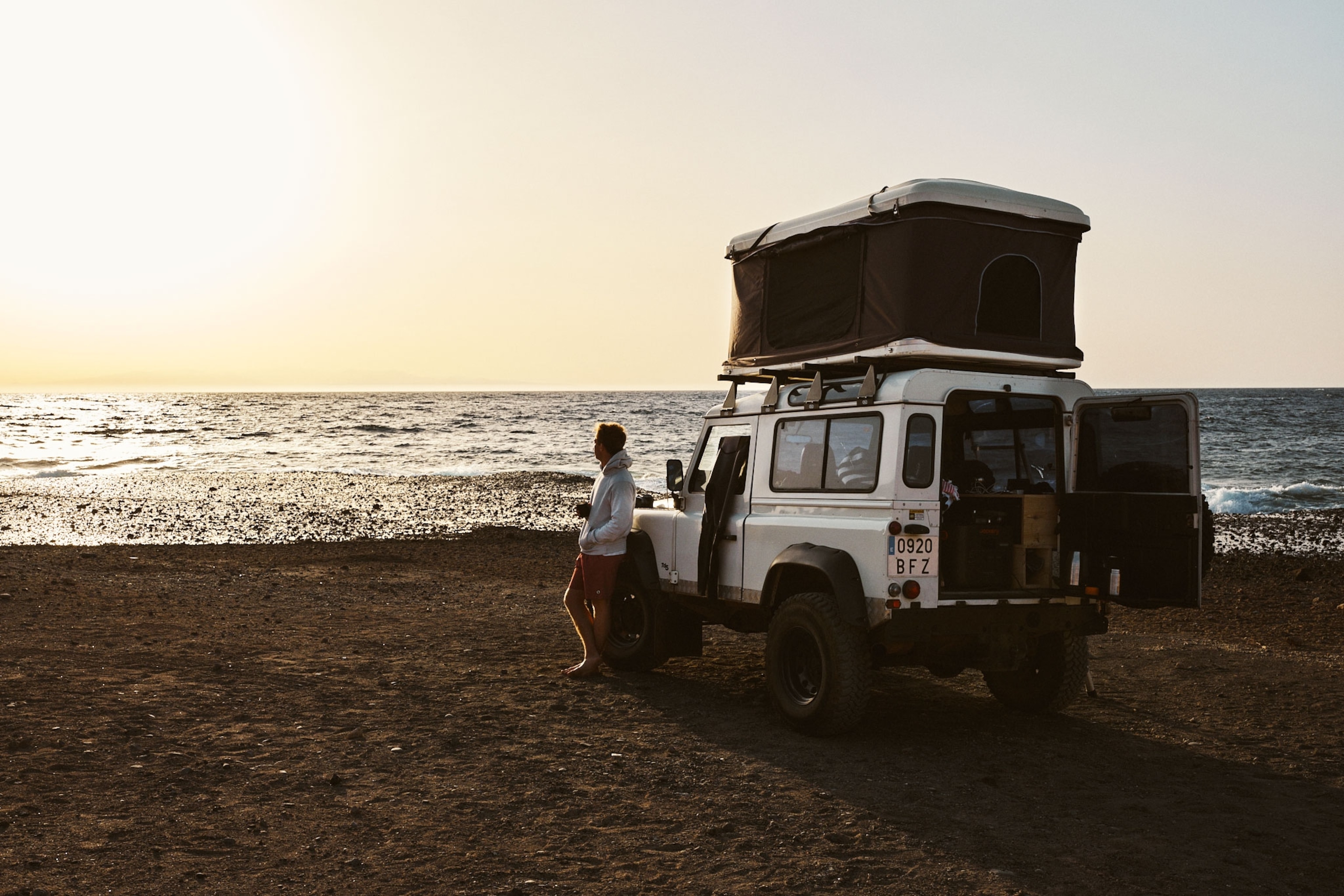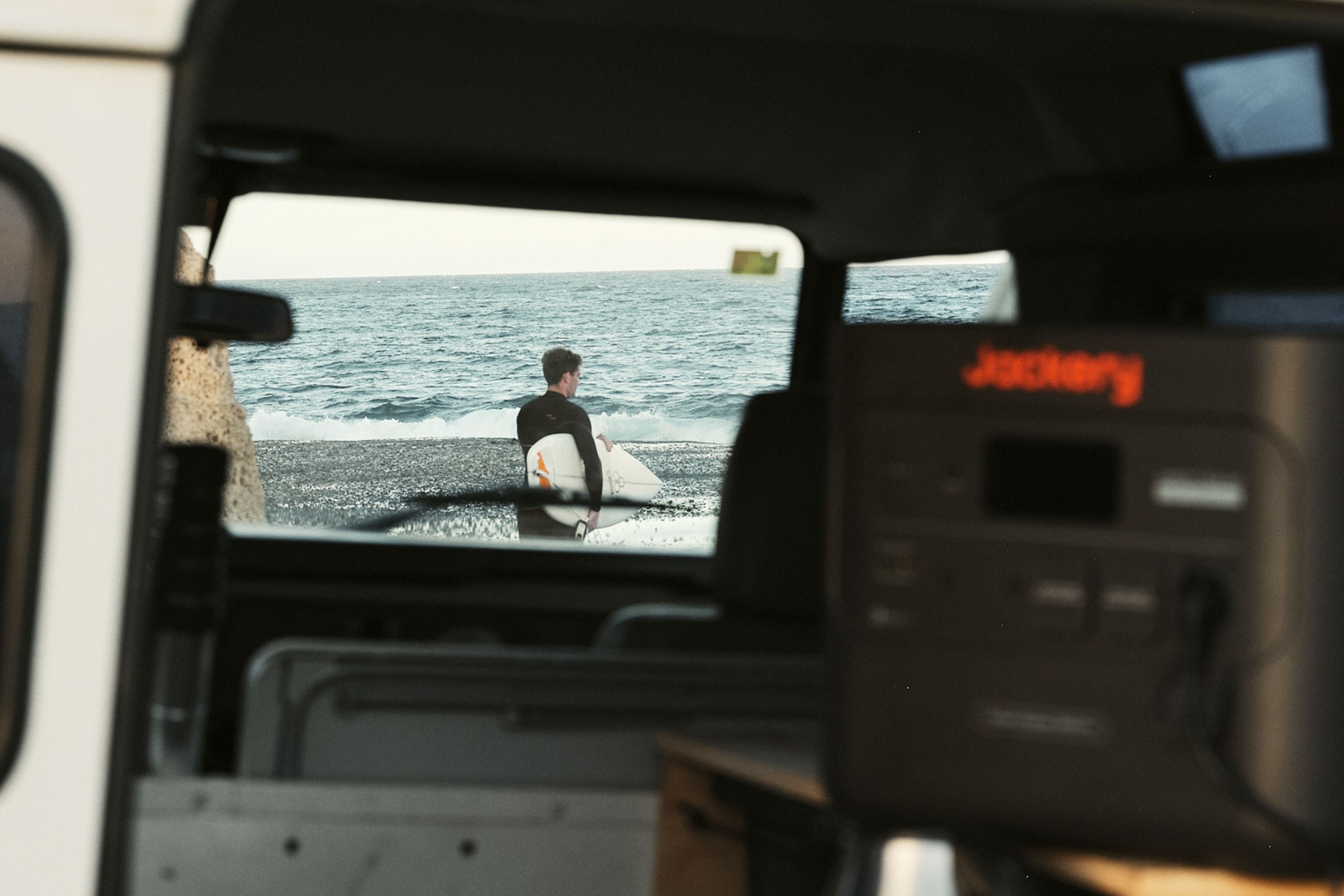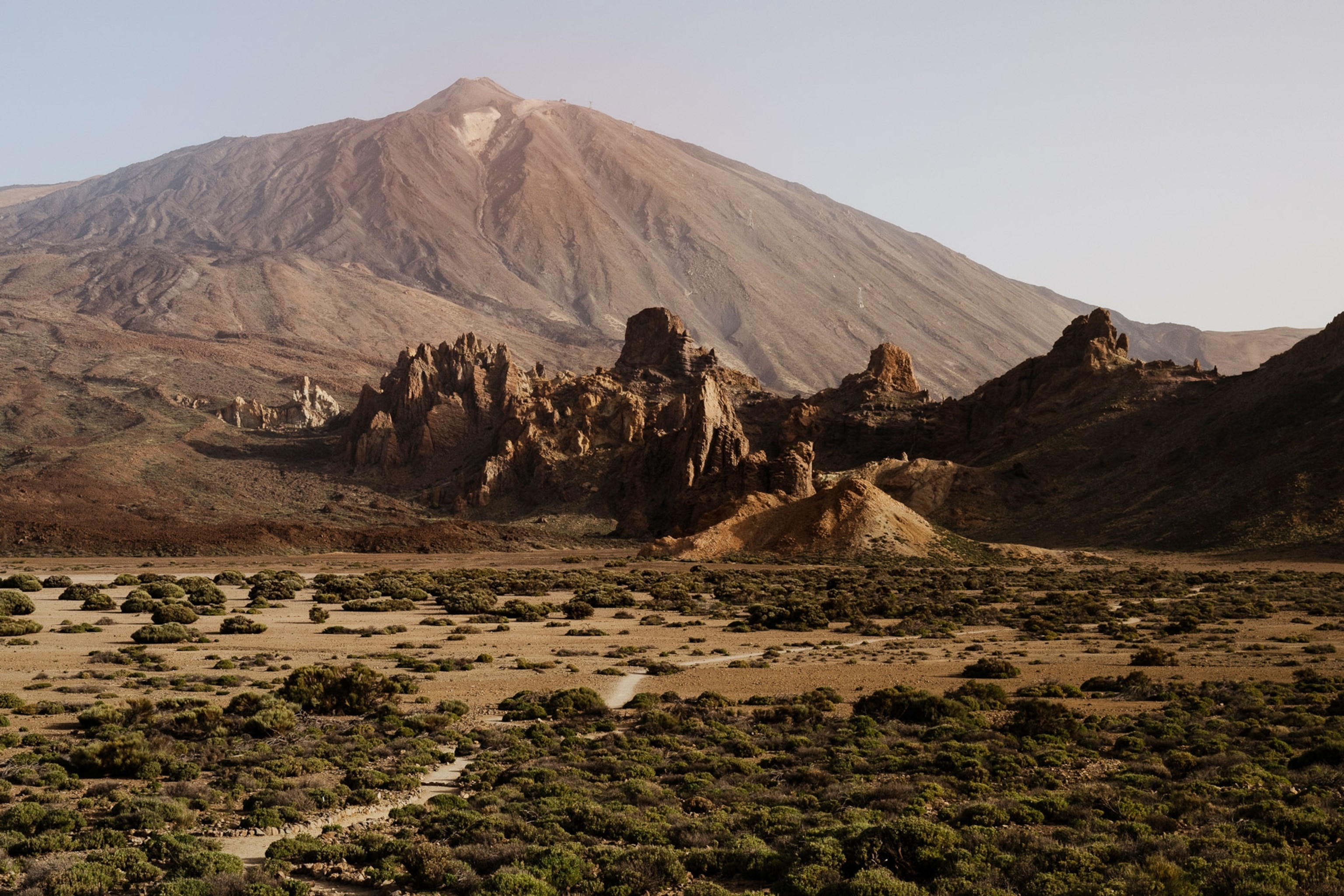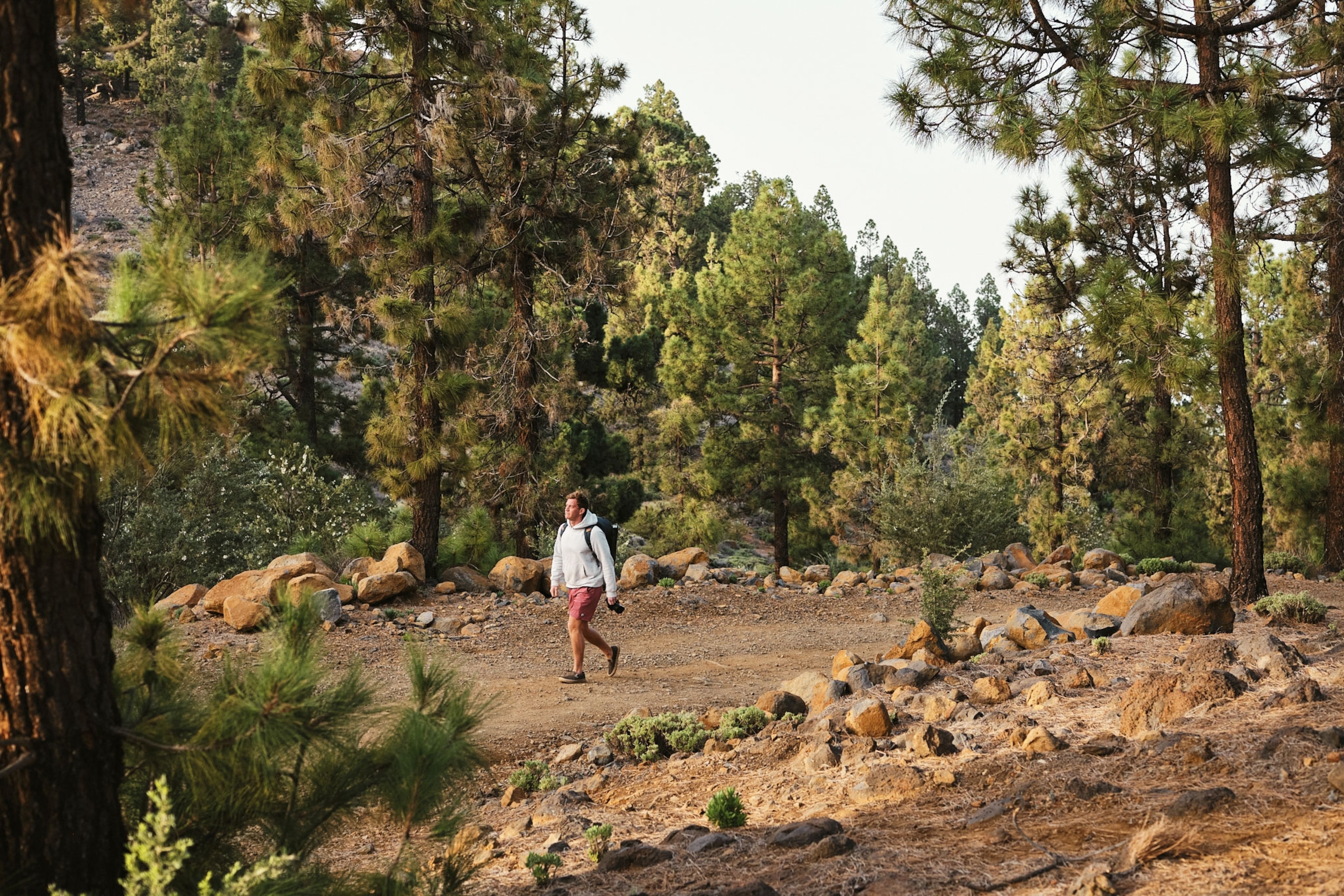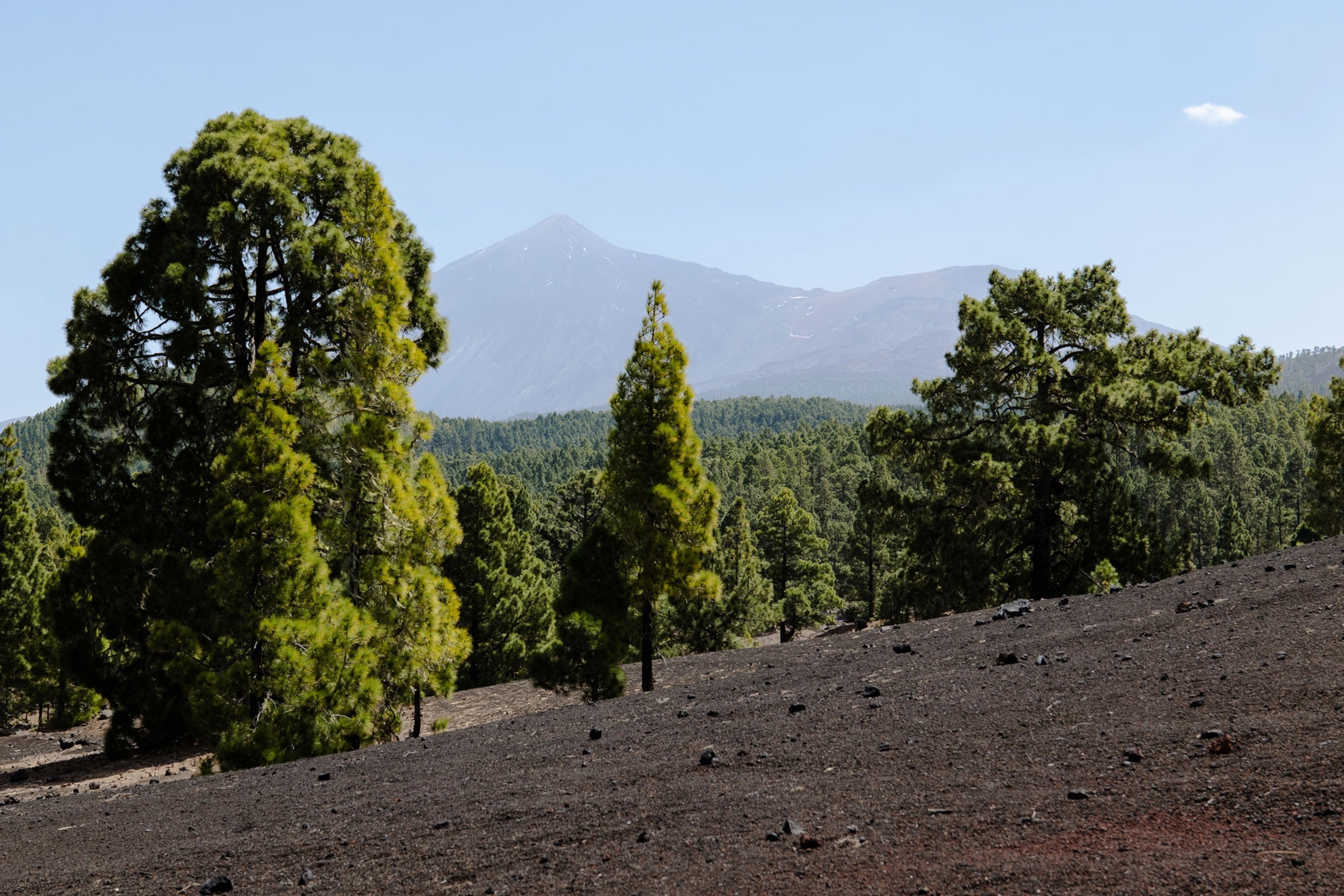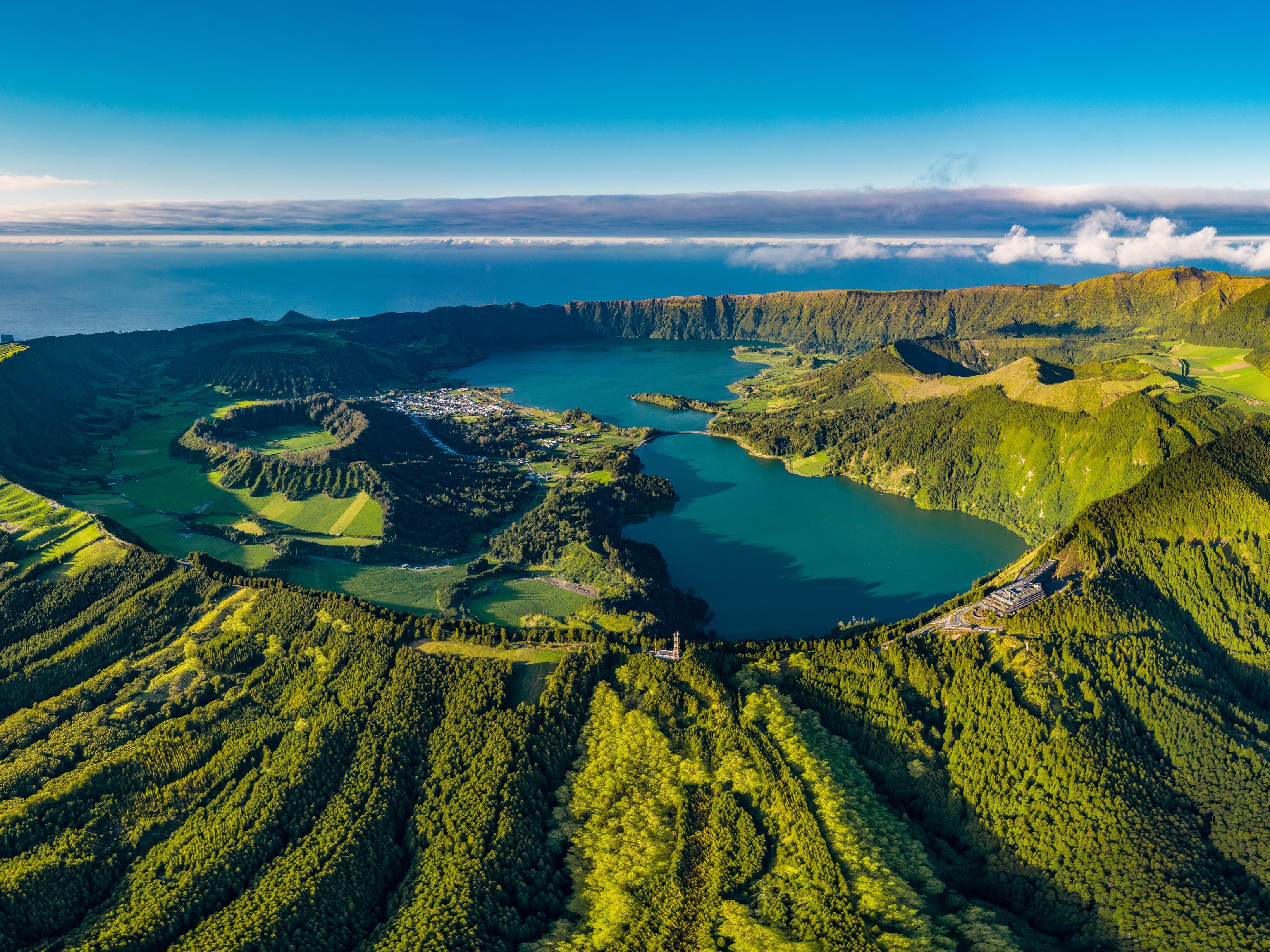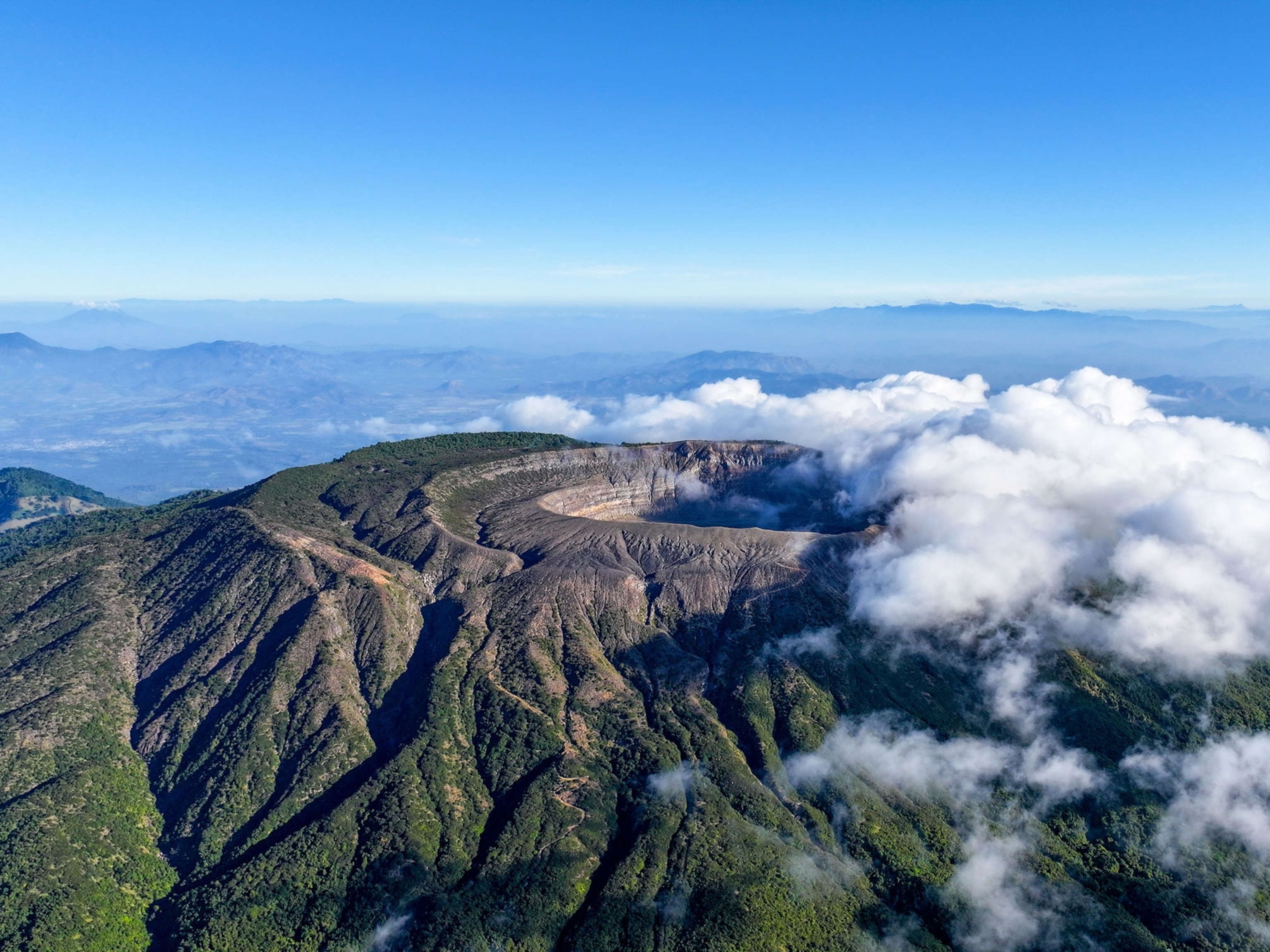Capturing the landscapes of Tenerife
Remote, rugged coastlines, twisting mountain trails and volcanic national parks make Tenerife a dream to photograph. Here, outdoor adventure photographer Jack Atkinson reveals how to do it.
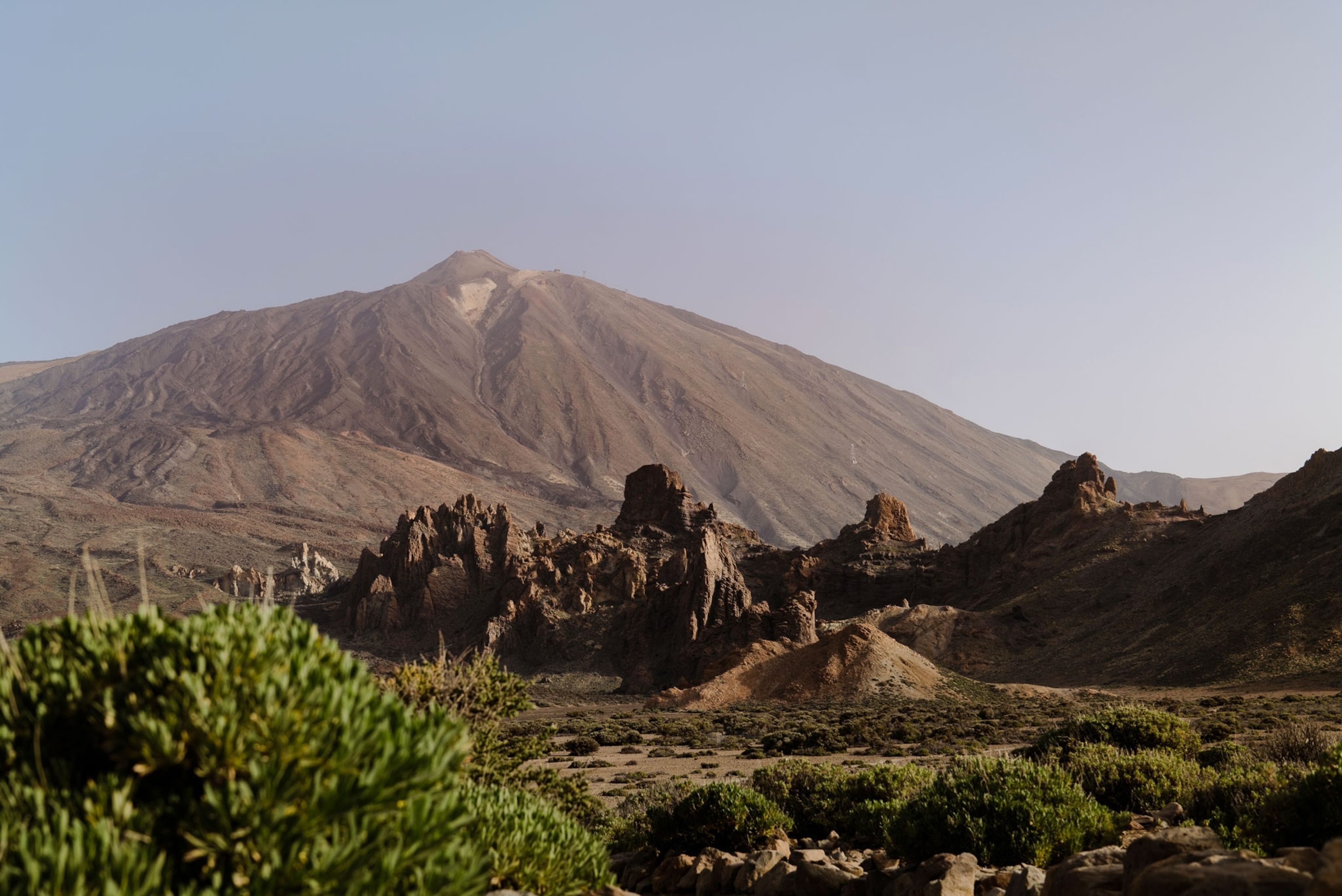
As golden hour fades and winds start to sweep up the dust of the vast volcanic landscape during dusk, adventure photographer, Jack Atkinson, knows that now is the time to capture the majesty of the largest of the Canary Islands. Akin to views seen of Mars via satellite, Tenerife is home to desert-like beaches with giant volcanoes. This, in turn, creates the ultimate opportunity to capture breathtaking photography. And, Jack Atkinson, has done so. Here, Jack discusses how he got the shot, and what it took to achieve it.
Tell us about this image of Tenerife.
The Canary Islands have appealed to me for a long time; I've seen various photographers capture some incredible images. The Teide National Park was particularly enthralling, with its volcanic landscape giving an almost lunar feel. This particular shot was taken just off the road through the middle of the park, to the south of the volcano. The height of Mount Teide means you can view it from a variety of locations around the island, whether you're in the park or all the way up on the north coast.
In this shot, I wanted to include the bushes in the forefront to add some layers, texture and colour to the image. The result is that you can appreciate the juxtaposition of the terrains, from its lush greenery to its rugged rock formations.
How did you achieve this shot?
This particular image was shot on my Leica Q2 — my go-to camera wherever I am. I like the fact this camera is small but still has a full frame sensor to achieve the best result possible. The 28mm focal length is fixed, which isn't for everyone, but I like a wide shot and, with the level of detail this camera achieves, it's easy to zoom in on the image and change the aspect considerably.
I also had my Leica SL2 with me to utilise the 35mm and 50mm prime lenses but, for this particular image, I felt the wild, desolated feel of the area needed to be captured as wide as possible to fully convey how dramatic the landscape is.
This set-up is ideal for me as the camera packs down to a relatively small size, meaning I can still fit everything for my day in one pack. The Leica cameras also produce the most stunning colours that, in my opinion, are hard to beat. The most important thing for me, though, is to have a solid range of focal lengths — one wide lens like a 24mm and another lens with a bit more reach such as a 90mm+.
What were some of the highlights of Tenerife?
As previously mentioned, the lofty Martian landscapes of the volcanic Teide National Park were definitely a highlight: more than 30 hiking trails loop through the park, none of them overly technical, and pretty much everywhere you look is another fantastic shot. From the viewpoint above Pinar Chio, you can see the sun set over the sea to the west and the golden hour over Mount Teide to the east. It’s incredible!
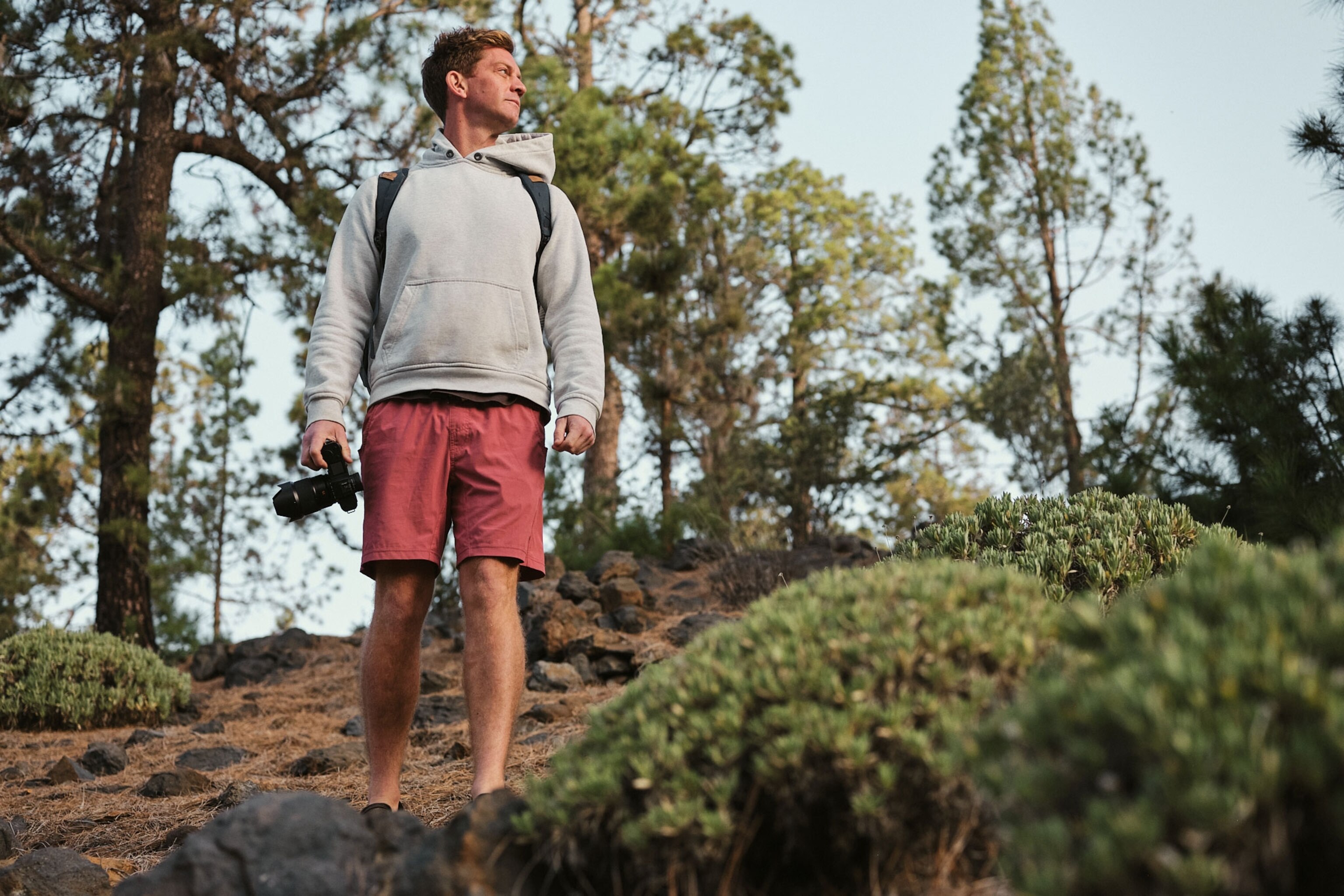
What was the most unexpected thing you discovered while shooting?
Due to the volcanic nature of the island, there are some parts that are more challenging to access than others; I’d definitely like more time to explore the island further and find more of these hidden gems. I particularly enjoyed Las Lajas, Pinar Chio and Masca while on this trip. Driving up the winding roads into the national park is an incredible experience, just like further to the west around the village of Masca, where the cliff-edge road is famous for its hairpin views.
Did you face any challenges?
Travelling and keeping your kit charged up is always an interesting challenge, so I’ve started using a Jackery Solar Generator, which means I’m always covered. Its external battery pack has a large capacity and the trolley design makes it easy to move around outside. What's more, you can choose how much power you need before a trip or use solar panels to charge the generator on the go.
Where would you recommend first-time visitors explore?
The first port of call when you visit Tenerife has to be Teide National Park. There are just endless ways to capture it and make that shot your own, whether you're into the volcanic rock formations, the sea views or even the winding forest trails.
Next time I visit, however, I want to explore more of the northern coast of the island as it appears much more rugged as a landscape, particularly the coast to the north and west of Anaga Rural Park, where the lush greenery rolls down the hills into the ocean. I've also heard great things about the surfing on the south coast, so I need to plan another trip.
What advice would you give someone starting out in travel photography?
Focus your time during the gold and blue hours to make sure you’re capturing the location in the best possible light. Those early starts are always worth it!
Ideal for off-grid adventures, the portable Jackery Solar Generator 2000 Plus harnesses the power of the sun to charge a wide variety of gear, including cameras, phones, GPS batteries and drones. The LiFePO4 battery has a 10-year lifespan and can be fully charged by solar panels in under two hours. For more information and to purchase, visit uk.jackery.com
